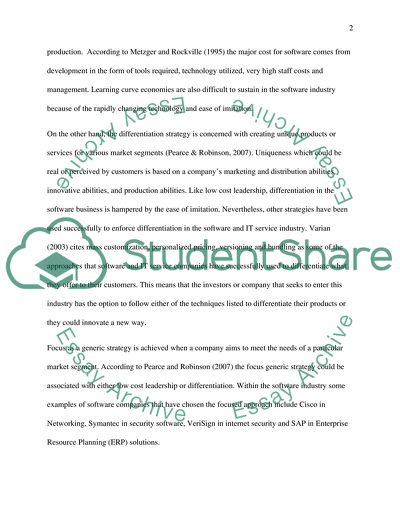Cite this document
(The Software and IT Services Industry Term Paper, n.d.)
The Software and IT Services Industry Term Paper. Retrieved from https://studentshare.org/technology/1738760-strategy-business-information-and-analysis
The Software and IT Services Industry Term Paper. Retrieved from https://studentshare.org/technology/1738760-strategy-business-information-and-analysis
(The Software and IT Services Industry Term Paper)
The Software and IT Services Industry Term Paper. https://studentshare.org/technology/1738760-strategy-business-information-and-analysis.
The Software and IT Services Industry Term Paper. https://studentshare.org/technology/1738760-strategy-business-information-and-analysis.
“The Software and IT Services Industry Term Paper”, n.d. https://studentshare.org/technology/1738760-strategy-business-information-and-analysis.


